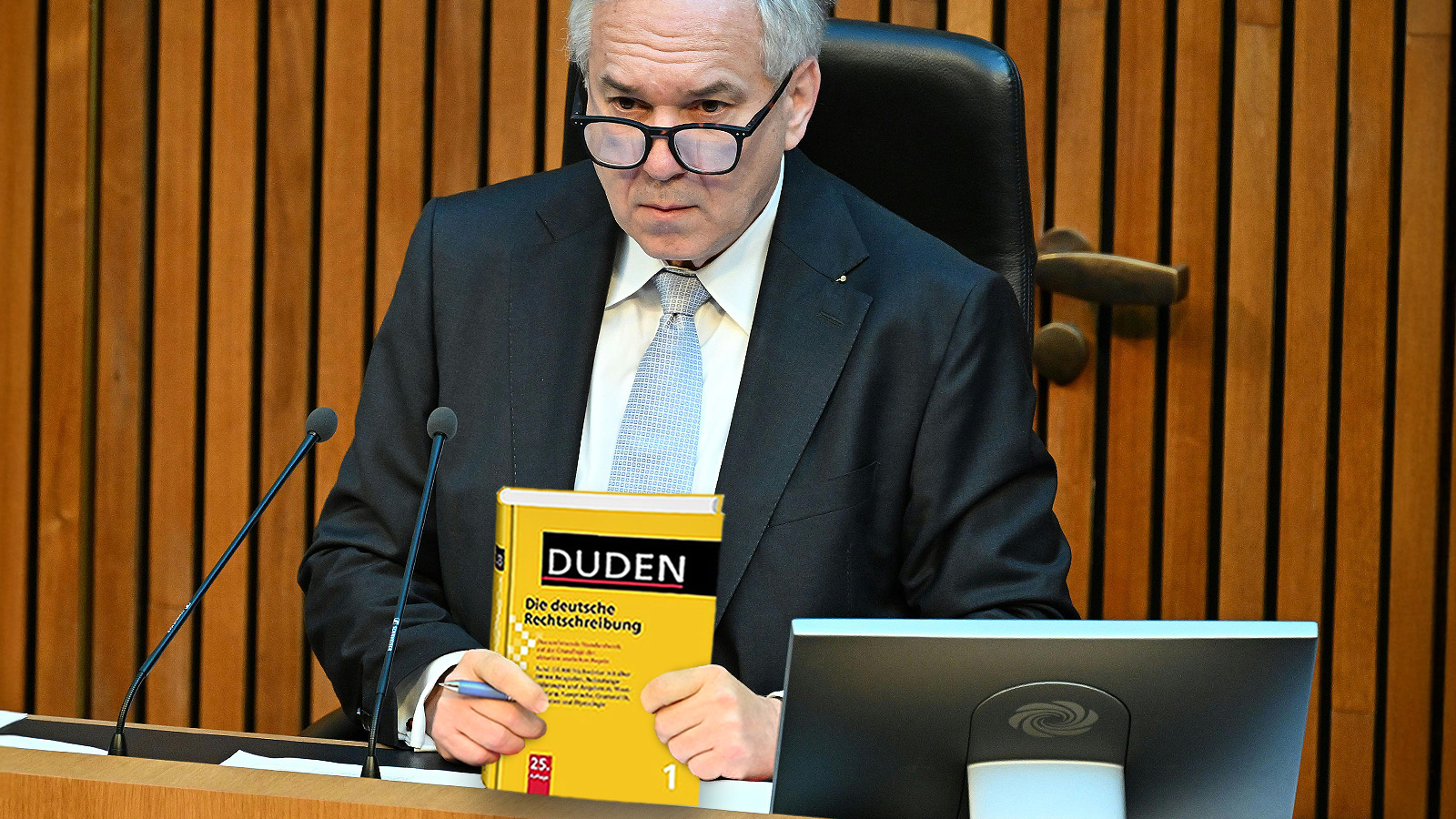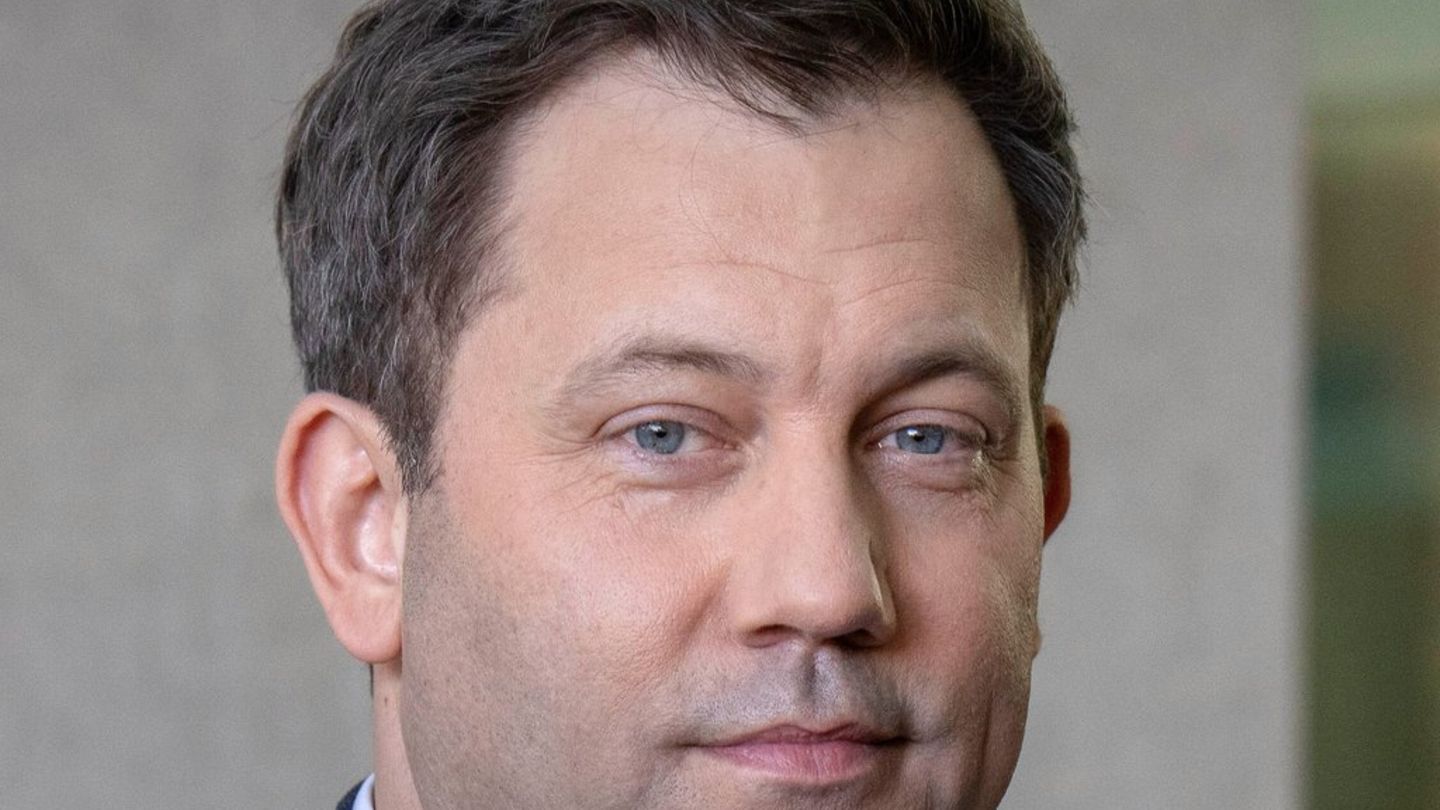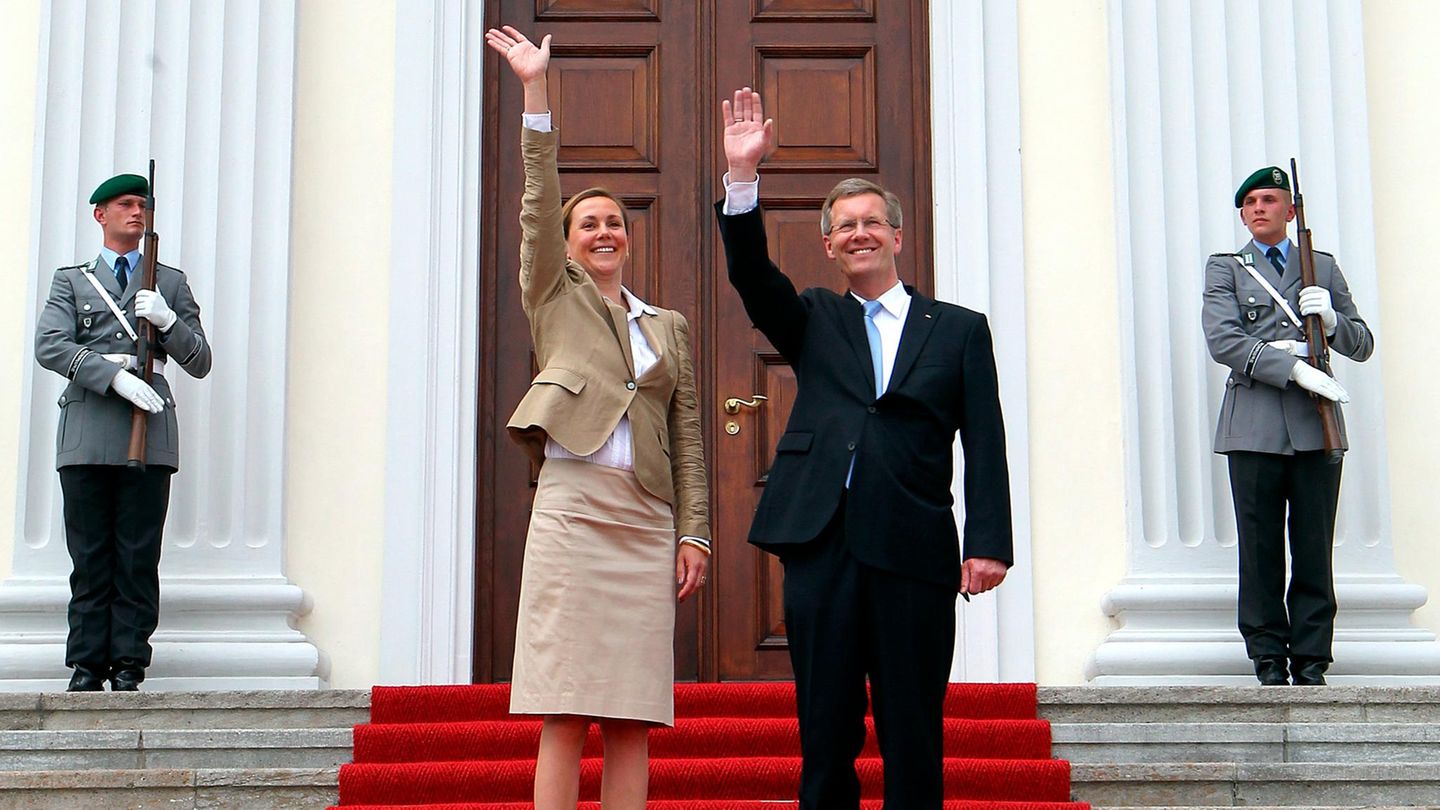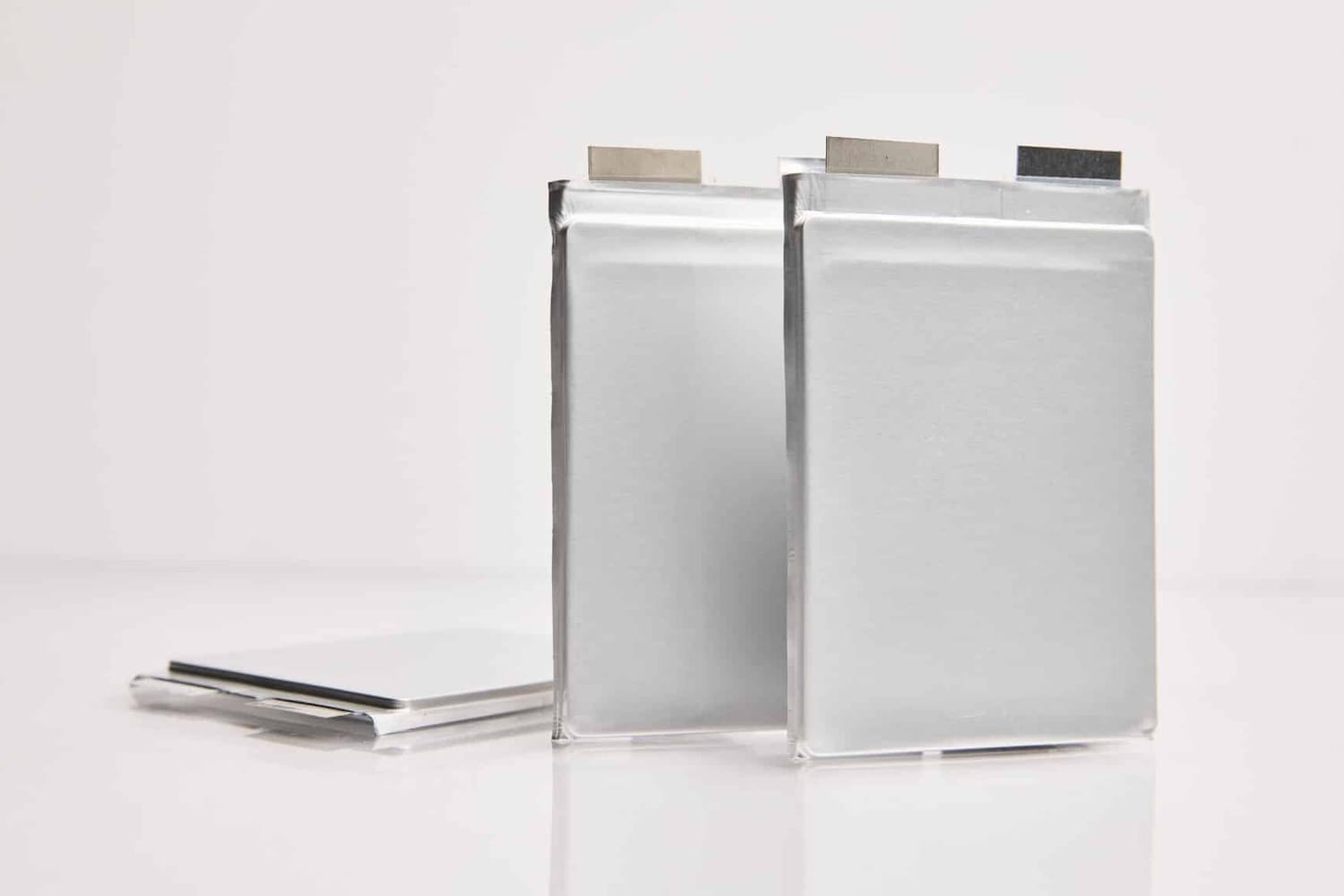Over Six Billion Dollars in Government Bonds Tokenized
Tokenizing traditional financial products is seen as one of the most powerful applications of blockchains. This trend is now unfolding, and a global financial institution is watching these developments with concern.

Tokenizing traditional financial products is considered one of the strongest use cases for blockchains. It is now happening—and one global financial institution is observing the development with concern.
Government bonds are the „brown bread“ of finance: unspectacular, but filling. With low interest rates but high security, they form a solid pillar in the portfolios of both private and institutional investors.
It now appears that government bonds are slowly but surely arriving as tokens on the blockchain. Recently, this development reached a milestone: government bonds worth more than six billion dollars have been tokenized. At the beginning of the year, it was only four billion. The movement is visibly gathering momentum.

Tokenized US government bonds according to RWA.xyz
Drivers of this wave are often relatively traditional financial institutions such as BlackRock, Franklin Templeton, and Ondo Finance. BlackRock’s „BUIDL“ is the clear leader with nearly $2.5 billion, followed by Franklin Templeton’s BENJI at $700 million, Superstate’s USTB at $650 million, Ondo’s USDY at $586 million, and Circle’s USYC at $491 million. Overall, there is already a confusing variety of providers.
Non-American government bonds, on the other hand, play practically no role. The only notable mention goes to Spiko’s EUTBL, currently holding about $163 million in government bonds from the Eurozone.
From a technical perspective, the vast majority of these government bond tokens run on Ethereum. Of the six billion dollars in US Treasury tokens, $4.5 billion are on Ethereum. The rest is scattered across Stellar, Solana, Arbitrum, Avalanche, and a variety of small blockchains or rollups.

Distribution of the market capitalization of government bond tokens across blockchains according to RWA.xyz
Government bonds form the core of „RWAs“, an abbreviation for „Real World Assets.“ RWAs refer to traditional financial instruments such as bonds, loans, or stocks issued as tokens on a blockchain.
Through RWAs, “Decentralized Exchanges could become Mainstream”
RWAs are also the subject of a recent paper from the Bank for International Settlements (BIS), often called the „central bank of central banks.“ The paper focuses especially on the connection between traditional finance (TradFi) and decentralized finance (DeFi). As this connection has now „deepened,“ the authors of the paper ask what risks this may entail and what standards should be set.
The paper explains that DeFi „imitates the roles of intermediaries in TradFi,“ but so far plays „little to no role in meeting the needs of the real economy. No household can rely on DeFi protocols to obtain a mortgage and buy a house; no business can hedge real-world risks through a DEX (decentralized exchange)…“ Although this could change in the future, up to now DeFi has been „purely self-referential, serving only the crypto ecosystem without providing its services to the real world economy.“
However, the previously thin connection between DeFi and the traditional financial sector, as well as the real economy, has grown significantly stronger in recent years. A key role here is played by „the tokenization of real-world assets.“ If, in the future, more and more traditional assets are tokenized and traded in the DeFi universe – which is likely – „the self-referential nature of DeFi will be a thing of the past.“ An ever-broader group of institutions „can begin to participate, and parts of the infrastructure that today make up DeFi, such as decentralized exchanges (DEXs), will become mainstream.“
When you look too deeply into the abyss, the abyss looks back at you
RWAs, such as government bonds, can thus connect DeFi with TradFi and the real economy. For the BIS, this is a rather worrying prospect that calls for regulatory attention. It is necessary to ensure „that the risks generated by crypto and DeFi do not spill over into essential parts of TradFi and the real economy.“ Financial institutions deciding to interact with the crypto ecosystem should meticulously assess these risks.
But crypto users, too, have reason to look at these developments with suspicion. Because just as RWAs bring crypto into traditional finance, they also bring the regulations and requirements of traditional finance into crypto. No RWA offers the autonomy or freedom typical of crypto tokens. Instead, tokenized government bonds are reserved for verified investors—usually qualified or accredited ones—and the tokens can only be transferred to users on a whitelist. This is not only a disaster from an idealistic perspective, but will also slow down or even completely hinder integration into DeFi protocols.
With six billion dollars, tokenized government bonds have achieved a small milestone. However, this sum is only a drop in the ocean of the bond markets, nowhere near the level that would give institutions serious cause for concern. Even smaller are the categories of tokenized stocks ($370 million) or traditional funds ($447 million).
More capital is to be found in tokenized commodities, namely almost $1.5 billion. But these primarily refer to gold tokens issued by Paxos and Tether—which, at least, are freely tradeable on Uniswap and other exchanges.












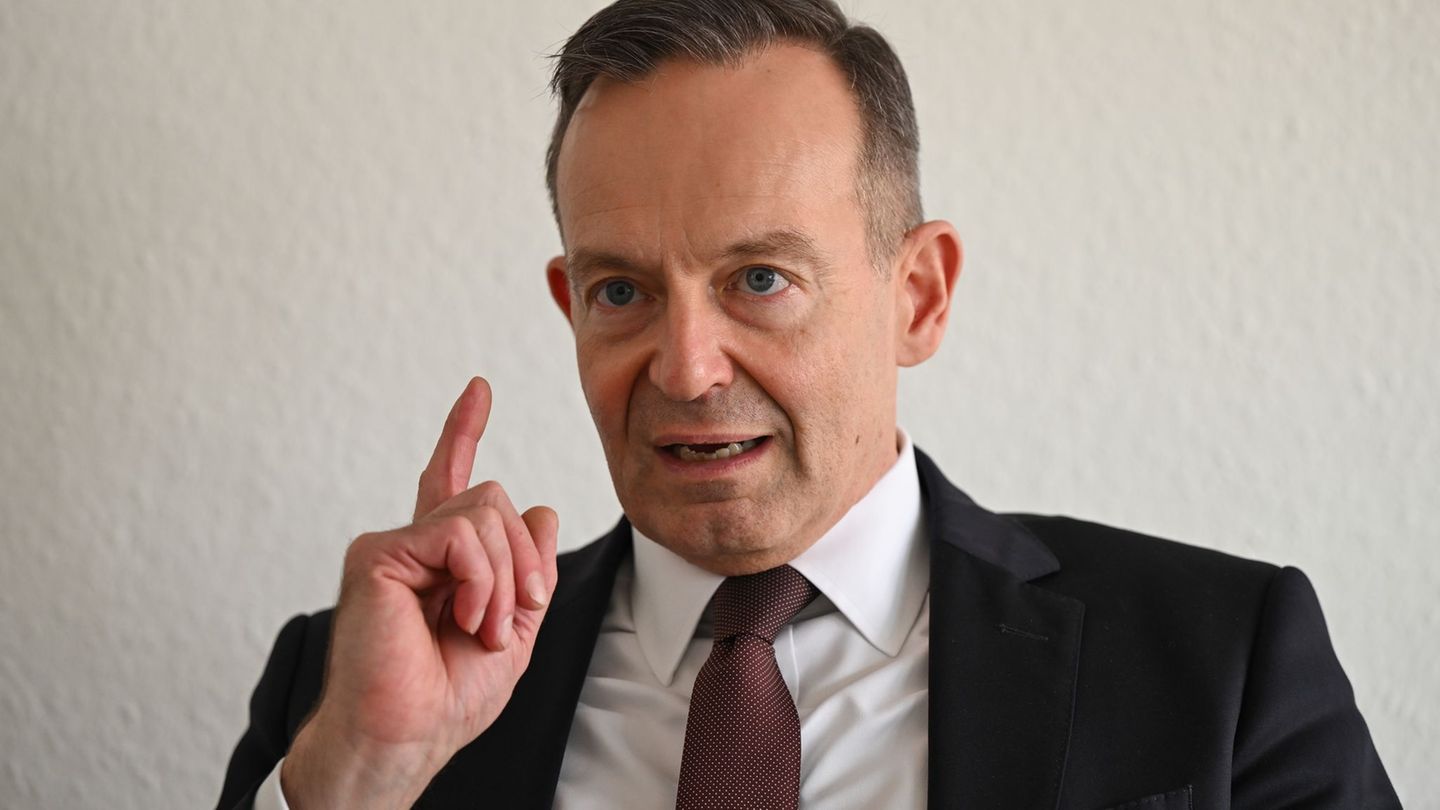




:quality(80)/p7i.vogel.de/wcms/94/1b/941bc07494ba8bb56ac1c76780294a53/0124159670v1.jpeg?#)

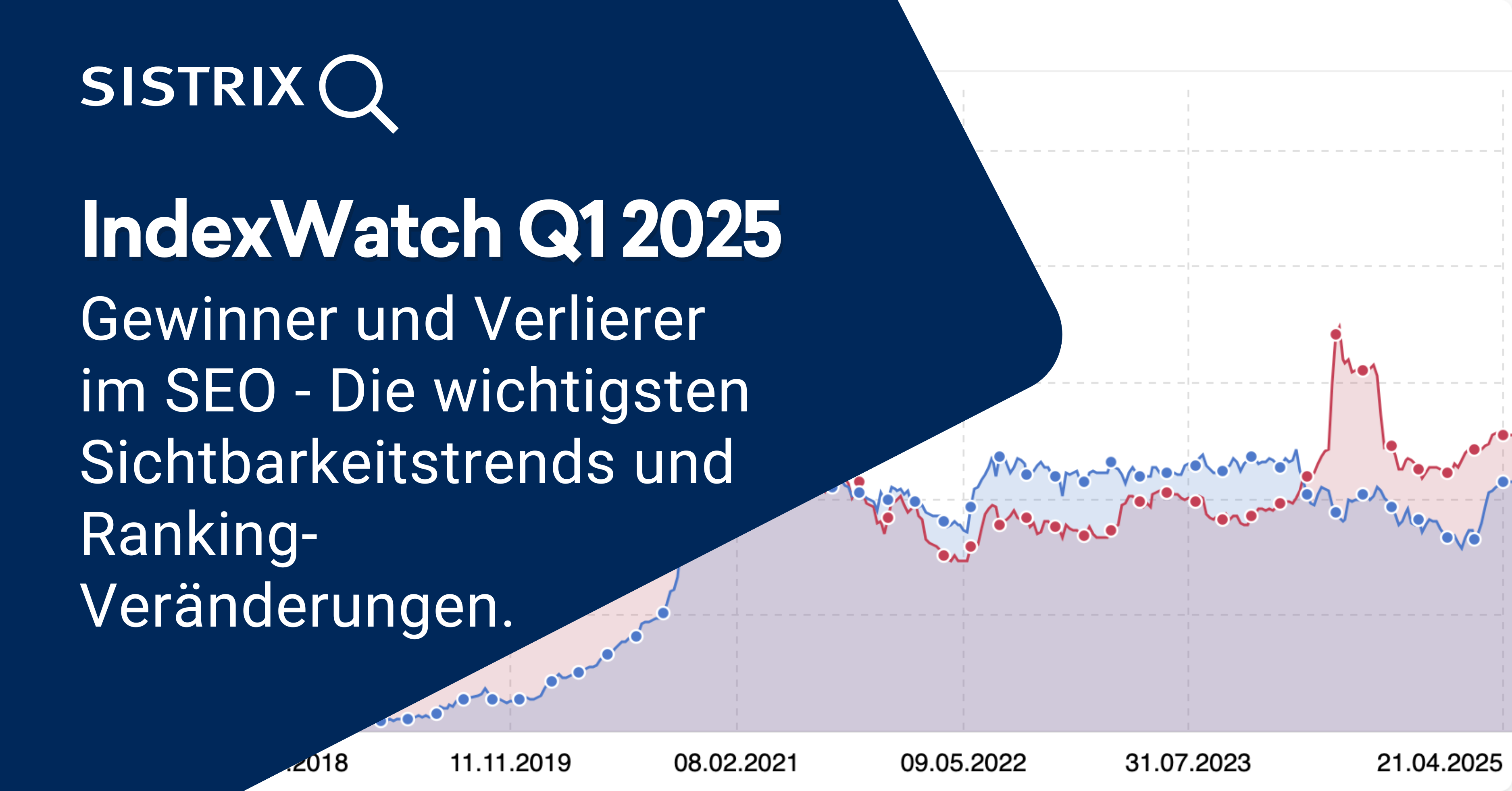

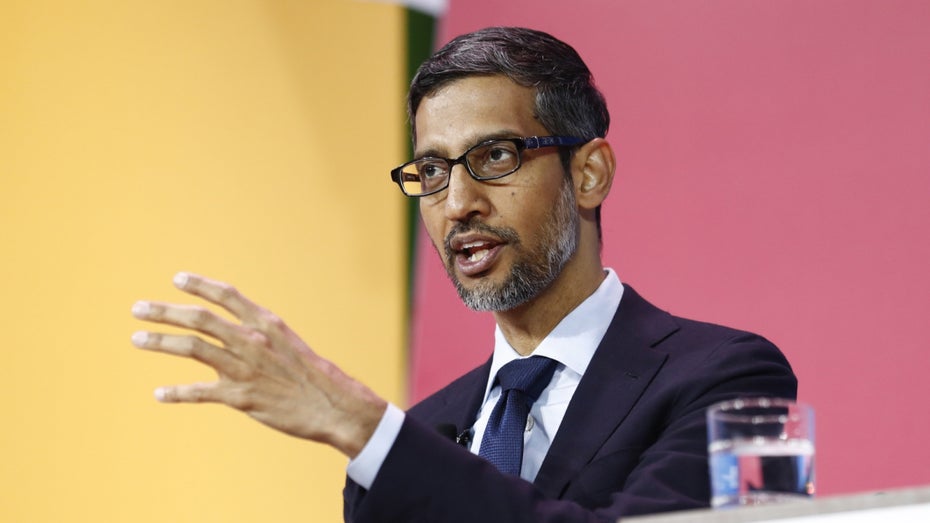




,regionOfInterest=(214,159)&hash=c1e9e6fe3cf899986e45f42aa9826959366a571d86081bbef661180672ff1736#)



